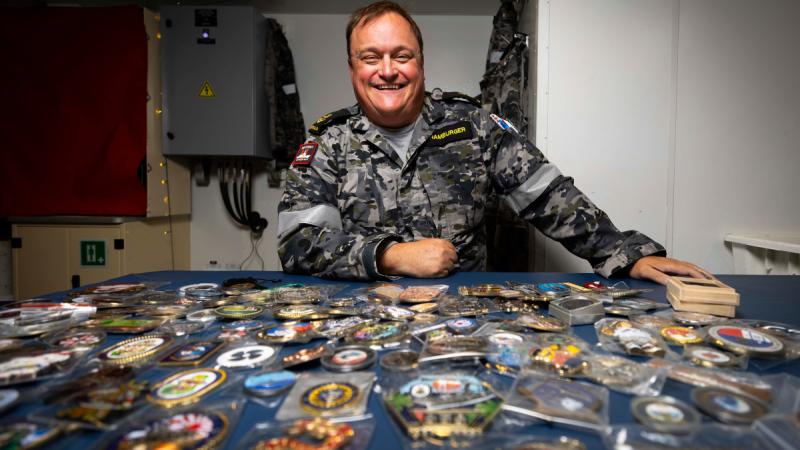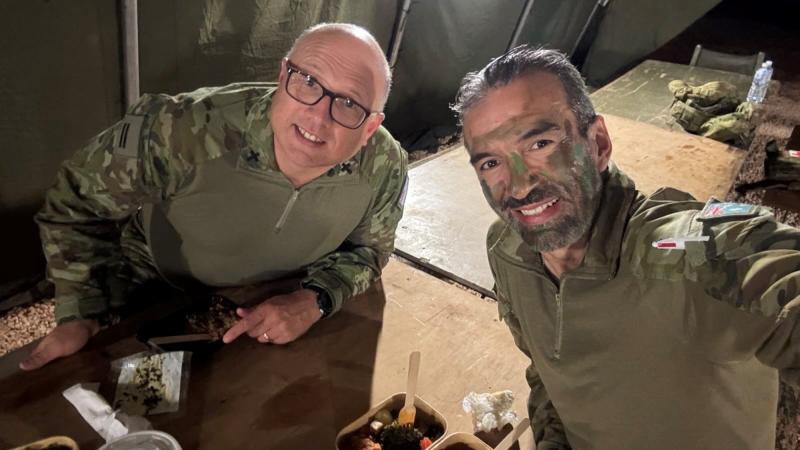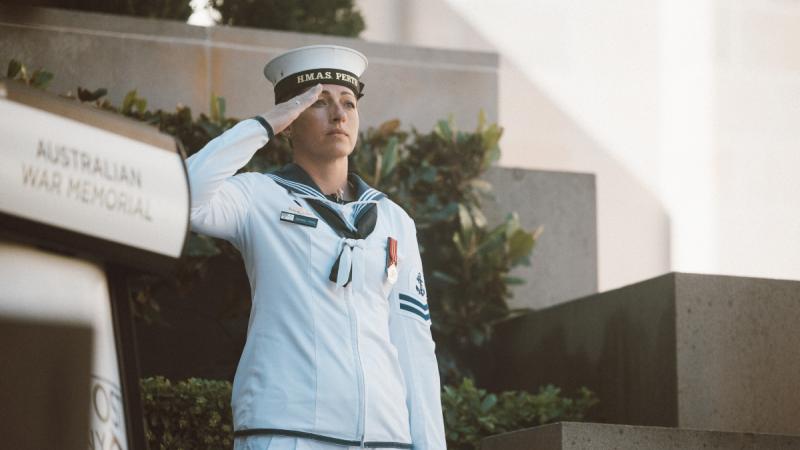20 August 2024
While managing data tables may not sound like fun for most people, for Army’s Captain Scott Hosking it’s pretty exciting stuff.
Imagine hundreds and thousands of rows and columns in a Structured Query Language (SQL) database – kind of like an Excel table but with the smarts to store, manipulate and analyse large amounts of data. Now imagine cataloguing the characters and words that are the basis of the data within those rows where one typo can mean a very different meaning. Sounds daunting, doesn’t it? Not for Captain Hosking.
His intricate knowledge of the data tables means he can put checks and balances in place, testing data quality and robustness of reporting from different systems across Defence.
Captain Hosking is the embodiment of the adage ‘work smarter, not harder’. His passion for automating work has led him down his current career path to the role of data cataloguer with Directorate of Business Intelligence – Army Data Hub.
“I was living in London and working as an auditor. I saw my predecessor do a lot of processes manually and I thought that being able to get the system to do that work for me would be a much smarter way of doing things and would mean I can focus on other aspects of the job,” Captain Hosking said.
Captain Hosking taught himself SQL and Python programming languages.
“I learned to code and write scripts on YouTube and using ChatGPT to study new coding concepts. I wanted to automate those processes achieving greater efficiencies,” he said.
“Defence senior leadership rely on data and by writing scripts and maintaining a robust cataloguing of Army databases, I maintain the quality required for data-driven decision-making,” he said.
The qualified chartered accountant first joined the Army as a specialist reserve officer in the Pay Corp. After serving for six years and being inactive for another two years while his children were little, he noticed a reserve job come up on ForceNet in data analytics.
“I was starting to work more in the IT space in the civilian industry at the time so when the job was advertised, it was a perfect fit,” he said.
He served in the active reserves before moving on to Service option C on continuous full-time service.


